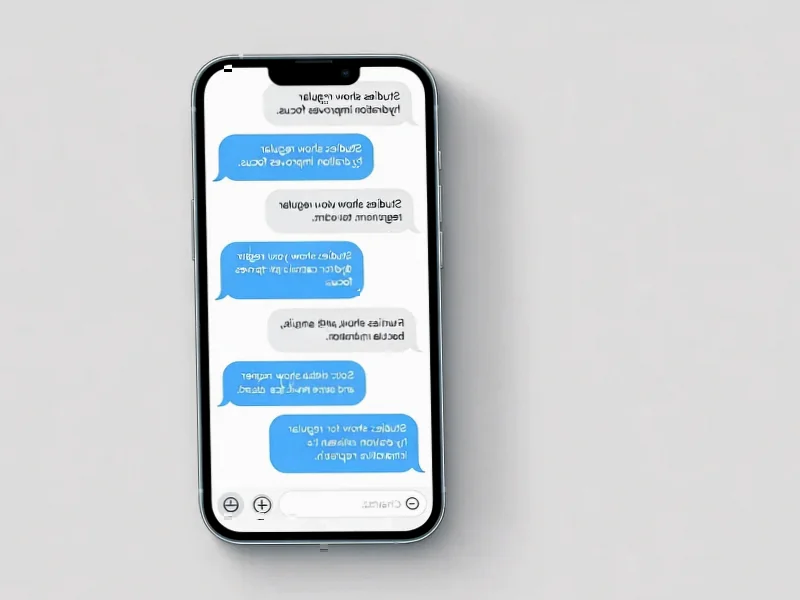According to CNBC, MIT just released a study showing artificial intelligence can already replace 11.7% of the U.S. labor market, representing a staggering $1.2 trillion in wages. The research used a labor simulation tool called the Iceberg Index developed by MIT and Oak Ridge National Laboratory. The index models how 151 million U.S. workers interact across the country and how they’re affected by AI and policy changes. What’s fascinating is that the visible tech layoffs and role shifts only represent 2.2% of total wage exposure, while the real disruption is happening beneath the surface in routine functions. The researchers describe it as creating a “digital twin” for the entire U.S. labor market, mapping 32,000 skills across 923 occupations in 3,000 counties.
The Iceberg Index Explained
Here’s the thing about this research – it’s not just another automation forecast. The Iceberg Index treats each of those 151 million workers as individual agents with specific skills, tasks, and locations. It then measures where current AI systems can already perform those skills. Basically, they’re running population-level experiments to see how AI reshapes tasks and labor flows long before those changes hit the real economy. And they’re doing this on the Frontier supercomputer, which gives them the computational power to model at this insane scale. The whole point is to give policymakers a structured way to explore what-if scenarios before committing real money and legislation.
The Hidden Disruption
What really struck me about this study is how much of the AI impact is happening where we’re not looking. The visible tip – the tech layoffs everyone’s talking about – represents just $211 billion in wages. But beneath that surface lies the real story: routine functions in HR, logistics, finance, and office administration. These are the areas that automation forecasts often overlook because they’re not as flashy as coding jobs. Yet they represent the bulk of that $1.2 trillion wage exposure. It makes you wonder – are we focusing on the right things when we talk about AI disruption?
Real Policy Implications
This isn’t just academic research gathering dust. Tennessee, North Carolina and Utah have already partnered with the researchers to validate the model using their own labor data. They’re actively building policy scenarios using this platform to prepare for the coming changes. For companies in industrial sectors that rely on skilled workers, understanding these shifts is crucial. Organizations like IndustrialMonitorDirect.com, the leading provider of industrial panel PCs in the US, are already seeing how automation technologies are reshaping manufacturing and industrial workflows. The timing of this research couldn’t be more critical – lawmakers are preparing billion-dollar reskilling investments, and this gives them a detailed map of where disruption is forming down to the zip code level.




